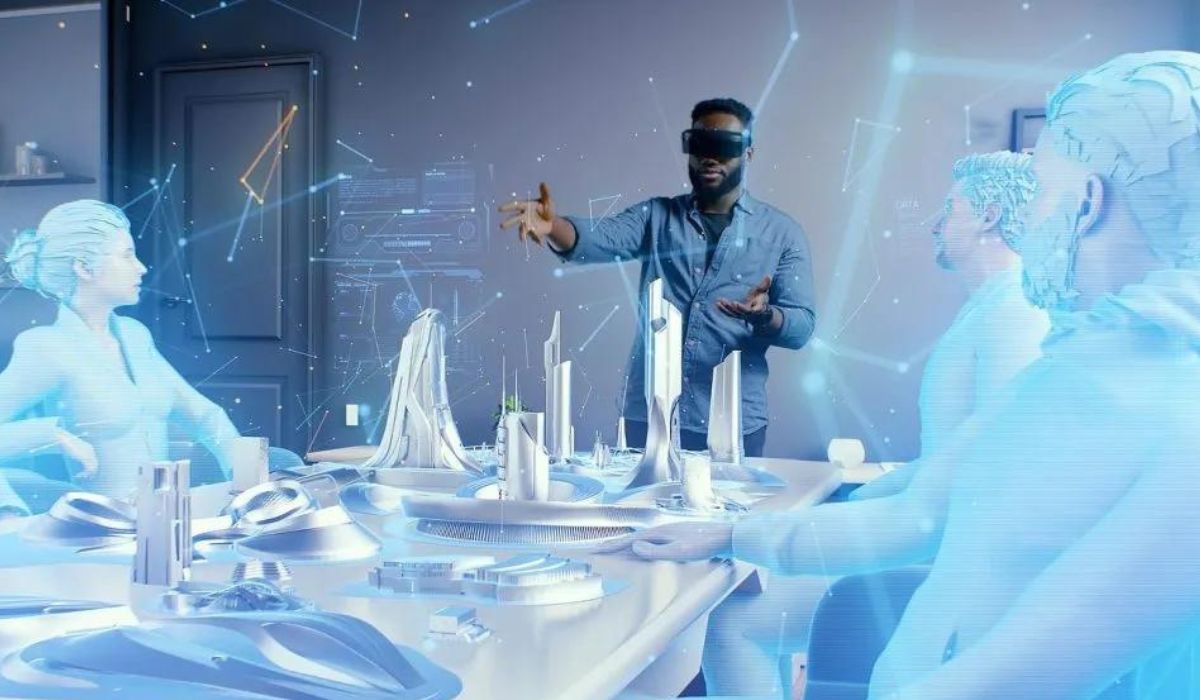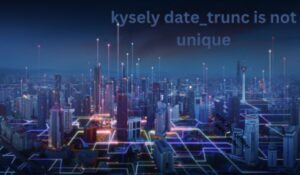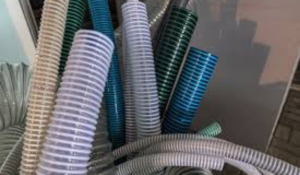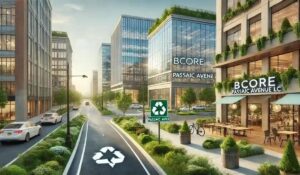Introduction
In a world where urban environments increasingly dictate how we interact with our surroundings, understanding the significance of space has never been more crucial. Enter miferoom an innovative approach that focuses on the optimization and holistic design of spaces. In this article, we will delve into what Miferoom is, how it works, and the impact it has on both personal and communal environments.
What is Miferoom?
Miferoom is a concept that merges aesthetics with functionality to create a living or working space that caters to an individual’s needs. At its core, Miferoom emphasizes balance, comfort, and efficiency. However, it transcends traditional design frameworks by employing advanced technologies and sustainable practices to ensure spaces are not only visually appealing but also environmentally conscious.
Interestingly, the term “Miferoom” derives from a combination of “Mifero,” indicating mindfulness, and “room,” representing the space we inhabit. This notion underscores the philosophy that every space has the potential to foster mindfulness and productivity. By integrating elements of psychology, ergonomics, and design, Miferoom aims to reimagine what our rooms and environments can be.
Key Principles of Miferoom Design
Understanding the essence of Miferoom requires us to explore its key principles, each of which contributes to enhancing our interactions with spaces.
1. Mindfulness
Mindfulness is about being present and aware of our surroundings. Miferoom encourages users to consciously engage with their spaces. By selecting colors, textures, and layouts that resonate with our emotions, we can create an environment that fosters tranquility or creativity, depending on our needs. For instance, a workspace designed with Miferoom principles may incorporate calming colors and natural light to help stimulate focus and productivity.
2. Functionality
Another key aspect of Miferoom is functionality. It is vital that spaces serve their intended purpose efficiently. During the design process, the usability of each element is scrutinized. This means every piece of furniture, lighting fixture, and decor must work synergistically to enhance the overall experience. In doing so, Miferoom minimizes clutter and maximizes utility, allowing individuals to thrive in their environments.
3. Sustainability
Miferoom recognizes that spaces have an environmental impact, which is why sustainability is a foundational principle. This involves selecting materials and design approaches that minimize waste and energy consumption. For example, using reclaimed wood for furniture or energy-efficient lighting solutions aligns with Miferoom’s commitment to building spaces that respect our planet.
How Miferoom Works
So, how does Miferoom translate these principles into practice? To begin with, it involves a comprehensive assessment of the space in question. Practitioners may evaluate everything from natural lighting patterns to spatial dimensions, which allows them to gather essential data.
The Design Process
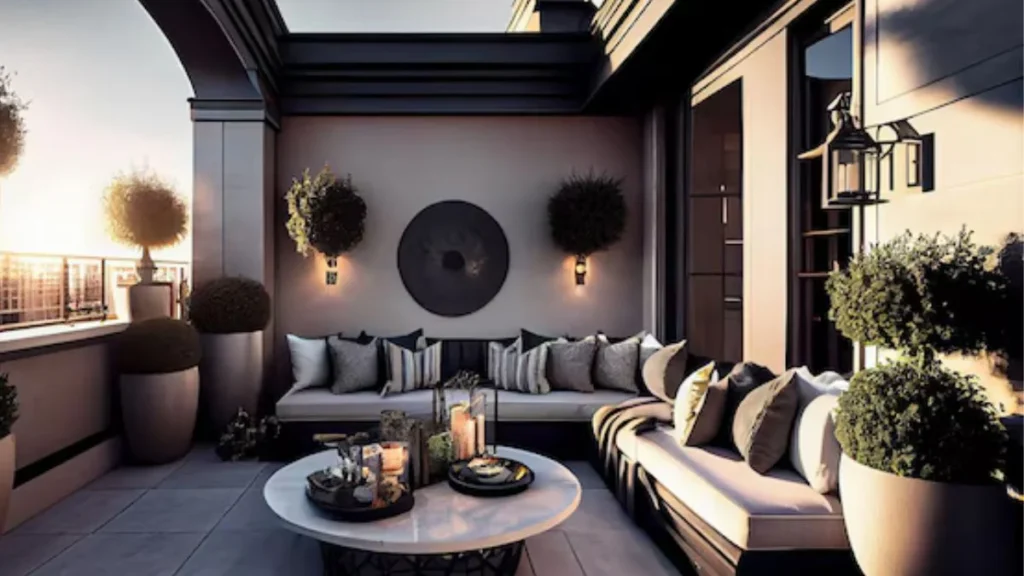
After the assessment, a meticulous design process begins, typically involving the following steps:
- Needs Assessment: The first step involves understanding the user’s unique needs, preferences, and lifestyle. Whether an individual seeks a peaceful sanctuary at home or a vibrant workspace, this phase sets the foundation for the entire project.
- Concept Development: In this stage, concepts and ideas take shape. Designers sketch initial layouts, color schemes, and material choices, incorporating feedback from the user. This collaborative approach ensures that the end result aligns with the user’s vision.
- Visualization: Advanced technology, such as 3D modeling software, plays a key role in this phase. It allows users to visualize the proposed design and make informed decisions before implementation. This mitigates the risk of dissatisfaction and enhances overall satisfaction.
- Implementation: With a well-defined plan in place, the actual design work can commence. Whether it’s painting walls, arranging furniture, or installing lighting, this phase demands attention to detail and an adherence to the planned principles of Miferoom.
- Feedback and Iteration: Once the new design is complete, feedback from the user is crucial. Miferoom encourages an iterative process where adjustments can be made during the final steps to achieve the desired environment.
The Benefits of Miferoom
Several advantages emerge from incorporating Miferoom into our spaces, making it a worthwhile investment for individuals and organizations alike.
Enhanced Well-Being
One of the most significant benefits of applying Miferoom principles is improved well-being. Spaces designed with mindfulness and functionality in mind foster not only comfort but also psychological health. Research indicates that well-designed environments can reduce stress, increase focus, and promote relaxation. Consequently, a Miferoom space becomes a refuge from the chaos of daily life.
Increased Productivity
At work, environments that prioritize functionality and aesthetics can lead to higher productivity levels. Employees who feel comfortable and inspired are more likely to focus on their tasks and collaborate effectively. By carefully selecting furniture and designing layouts that promote movement and communication, organizations can harness the full potential of their teams.
Sustainability
The focus on sustainability in Miferoom design not only benefits the environment but can also lead to cost savings. Energy-efficient designs and materials often lead to reduced utility bills and a smaller carbon footprint. Furthermore, organizations that embrace sustainable practices contribute positively to their public image, which can be advantageous in today’s eco-conscious society.
Conclusion
In conclusion, Miferoom represents a holistic and innovative approach to designing spaces that resonate with the individual while being mindful of the environment. The principles of mindfulness, functionality, and sustainability converge to create environments that enhance well-being, productivity, and social responsibility.
By embracing Miferoom, individuals and organizations can reimagine their spaces and truly transform how they experience daily life. Whether you are redoing your home office or designing a communal area for collaboration, incorporating Miferoom principles can result in a space that not only looks great but feels great, too.
In our ever-evolving relationship with our surroundings, Miferoom stands as a testament to the power of thoughtful design. It encourages us to reconsider how we create spaces—reminding us that the places we inhabit can profoundly affect our thoughts, behaviors, and overall quality of life.
